15 Secrets About Your Cellulite
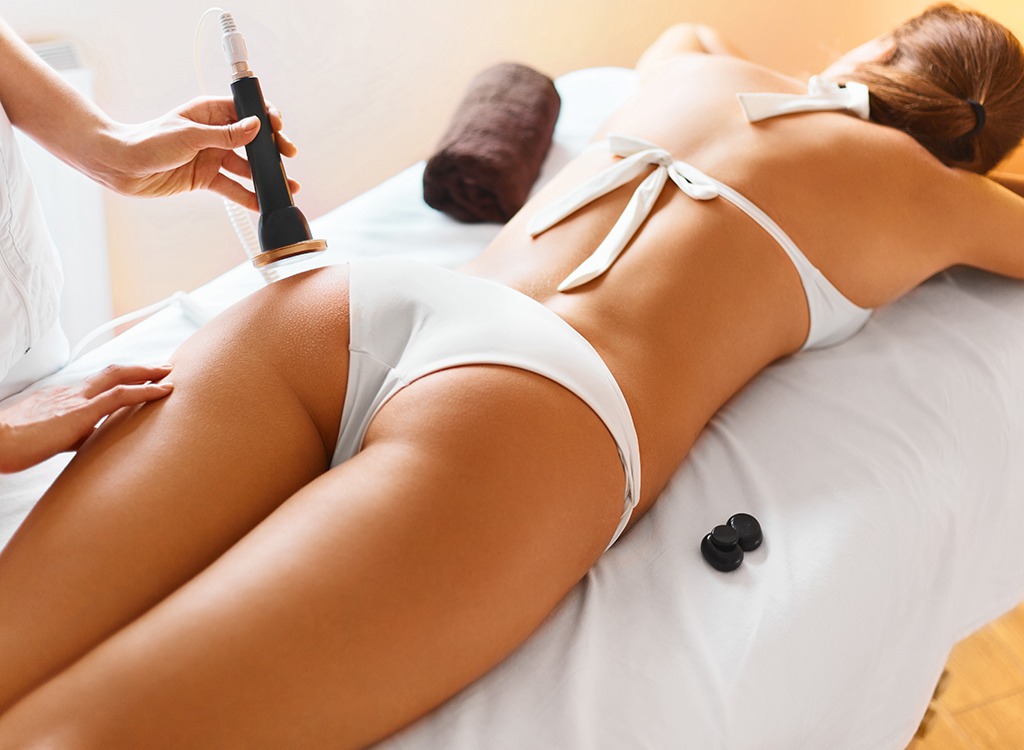
While billions of dollars are spent worldwide each year in a quest to banish those lumps, bumps, and dimples that appear on our fleshier parts, there’s no one-size-fits-all solution when it comes to cellulite. Before you buy into yet another supposed miracle cure, arm yourself with knowledge by discovering these 15 Secrets About Your Cellulite, from Eat this, Not That! And to lose weight easily and effictively, click here for the 50 Best Weight Loss Tips Ever.
It’s More Common Than You Think
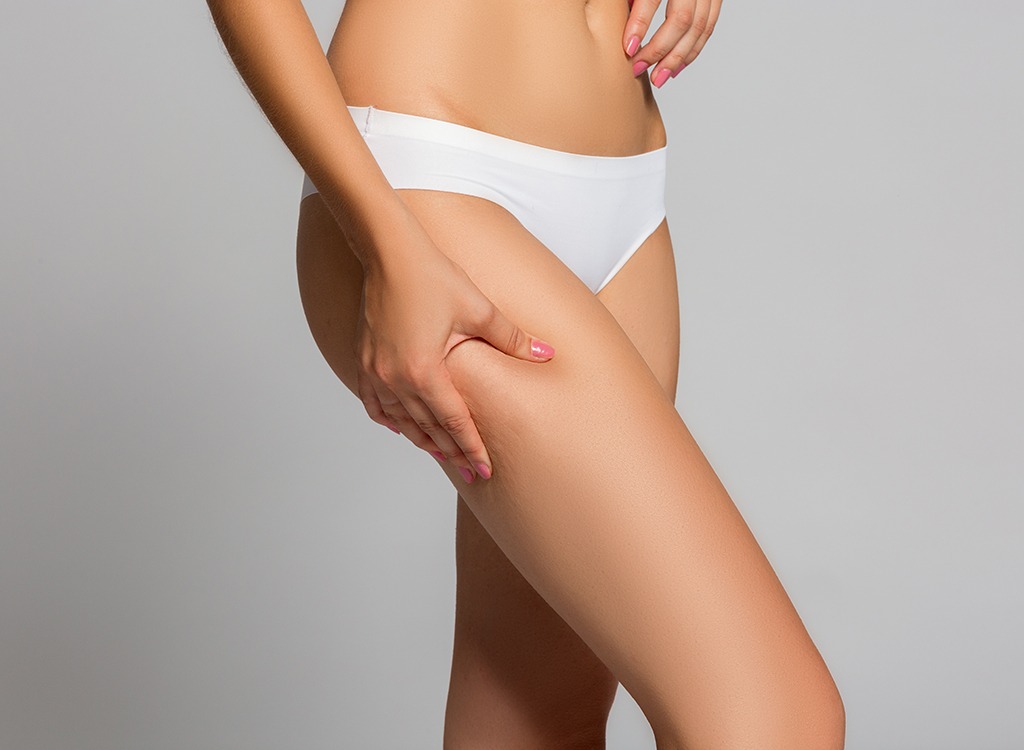
If you sometimes feel like the only person at the beach with cellulite, don’t worry: you’re definitely not alone. Research suggests that upwards of 90 percent of women have cellulite somewhere on their body, whether on their belly, butt, thighs, arms, back, or less common regions, like the face, neck, and chest.
Guys Get It, Too
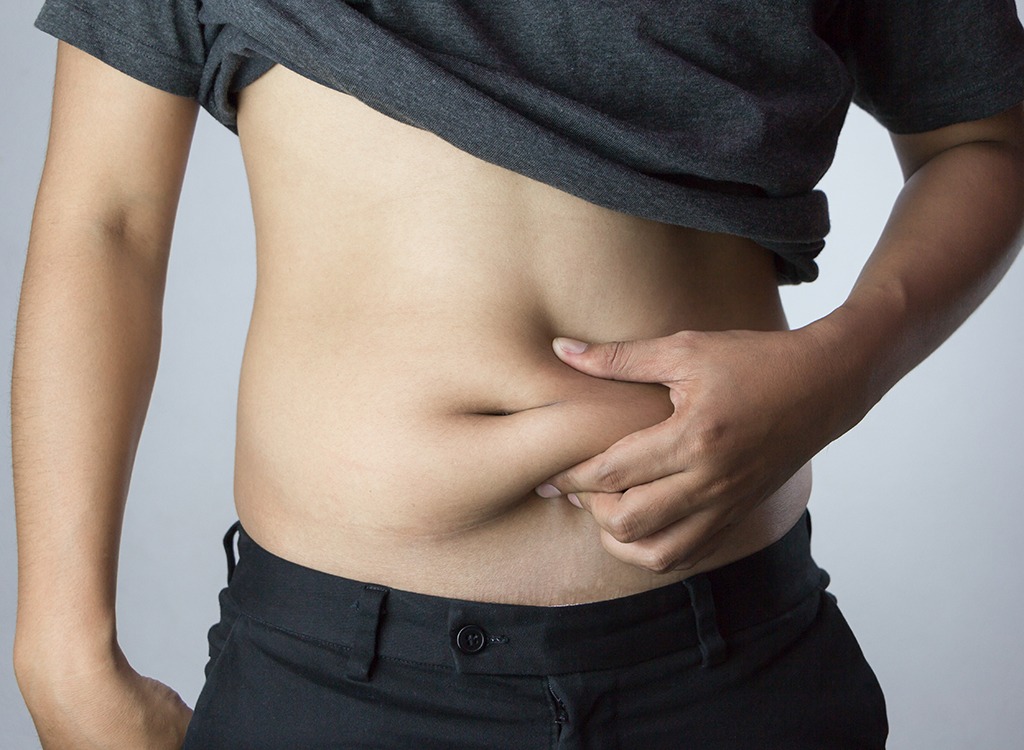
While cellulite predominantly affects women, men aren’t immune to a dimple here and there. According to research published in the Journal of Cosmetic and Laser Therapy, as much as 10 percent of men have cellulite somewhere on their body, too. However, since men tend to carry less fat on their bodies than women and their beach gear tends to cover more, it’s often less noticeable.
Yes, It’s Caused By Fat
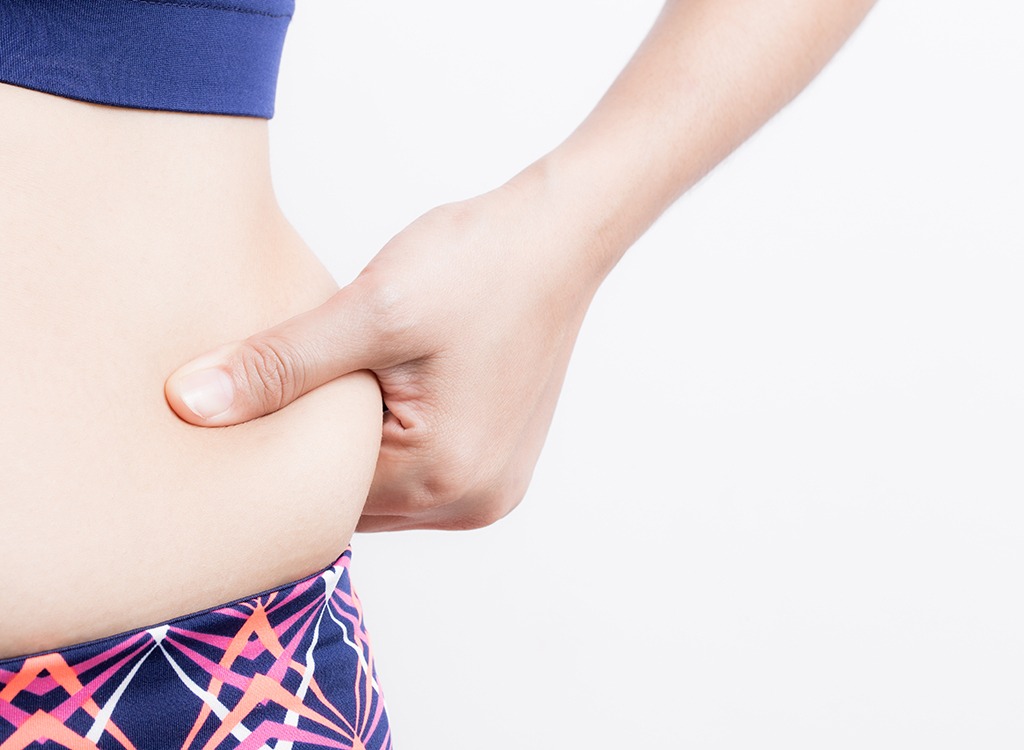
Unfortunately, it’s true: your cellulite is actually your body’s fat causing an uneven appearance on the surface of your skin. When subcutaneous fat presses up against the grid of connective tissue closer to your skin’s surface, it protrudes unevenly, making your skin appear lumpy or dimpled.
Cellulite Happens To People Of All Sizes
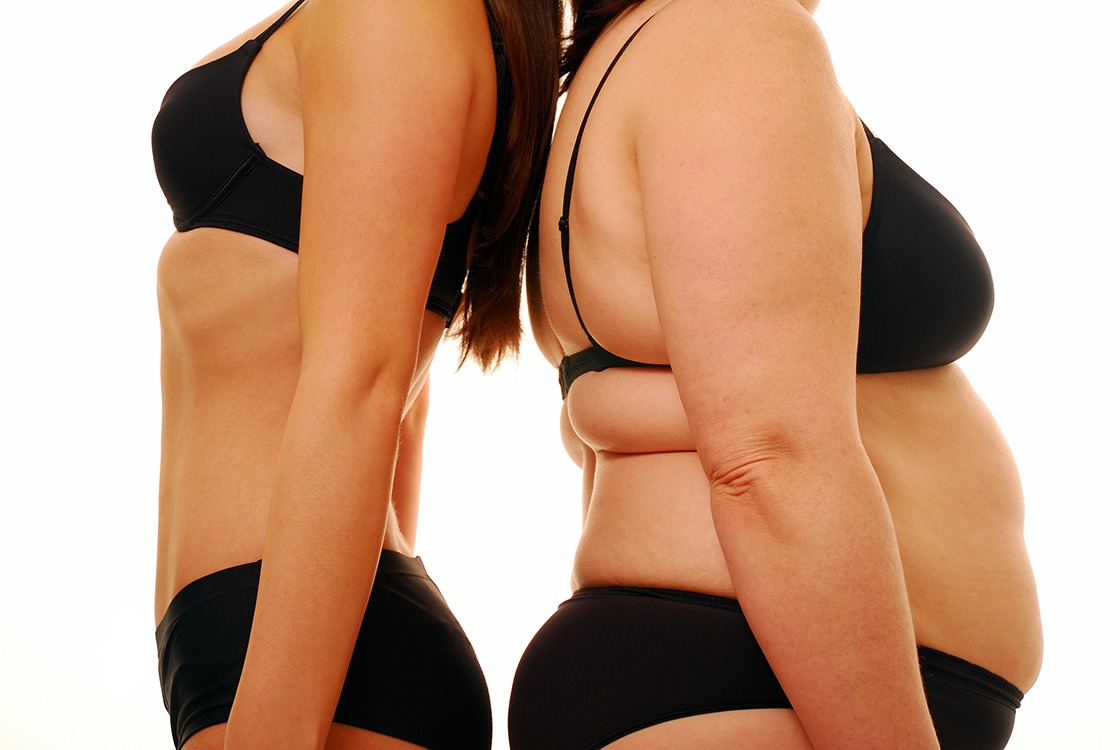
If you think that only heavy people get cellulite, think again. Cellulite can occur on individuals of any shape or size, although it’s likely to be more pronounced in those carrying extra pounds because they have more surface area on which cellulite can pop up. However, there are still plenty of ultra-thin individuals who are waging war against dimply skin, too — just check out the cover of virtually any tabloid when swimsuit season starts and you’ll see plenty of size zero celebs with cellulite.
It May Be Genetic

“She got it from her mama” applies to your winning smile, your bright eyes, and, unfortunately, your cellulite, too. If you have cellulite, it’s likely there’s a genetic component; a number of factors that influence the appearance of cellulite, like your weight, your body shape, and even certain hormonal conditions, are influenced by genetics.
Certain Conditions Make It More Common
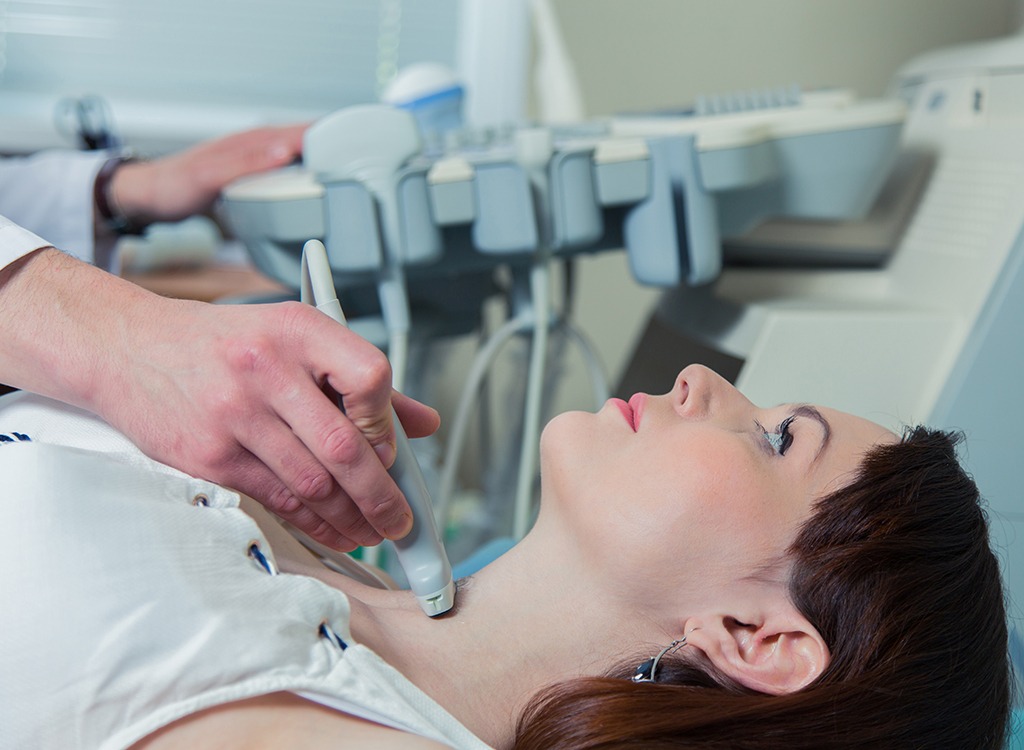
If you have certain medical issues, you may be more likely to develop cellulite in your lifetime. Conditions like PCOS, hypothyroidism, depression, and even electrolyte imbalances can make you more likely to gain weight, increasing your risk of cellulite right alongside the rising numbers on the scale.
There’s a Cellulite Ranking System

While there’s certainly no hierarchy of cellulite in the eyes of its beholders — hey, a dimple is a dimple — there is a classification system for those lumps and bumps. According to the Nurnburger-Muller cellulite severity scale, Stage 0 means you have no visible cellulite, even when your skin is pinched, Stage 1 means cellulite appears when you pinch your skin or flex your muscles, Stage 2 means you’ve got some dimples when you stand up (no pinching necessary), and Stage 3 means that whether you’re sitting, standing, lying down, or dancing the cha-cha, your cellulite is visible.
Weight Loss Can Make a Difference

Cellulite tends to be most prominent on areas of the body with the most fat, so it’s no surprise that shedding some pounds can help you reduce the appearance of your lumps and bumps. Luckily, you don’t have to completely change your body to get rid of cellulite; lose just 10 percent of your body weight and you may limit the appearance of cellulite while reducing your risk of heart disease and diabetes, as well.
Weight Loss Can Also Make Cellulite Worse
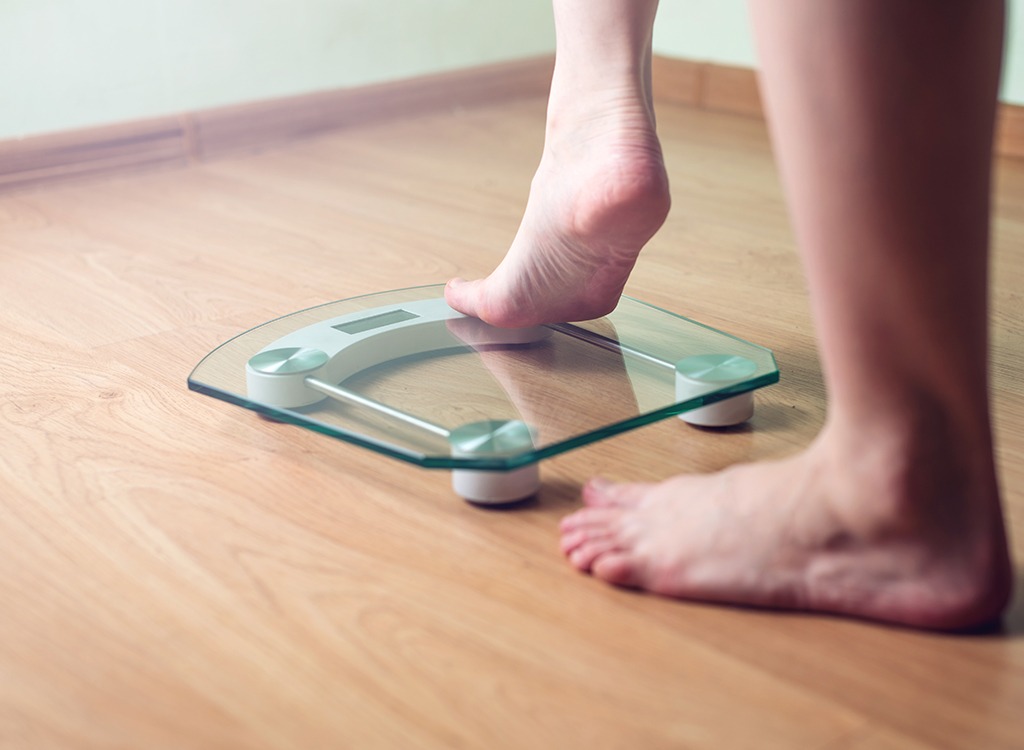
Losing weight can absolutely reduce your risk of certain types of chronic disease, but it’s not a magic bullet when it comes to cellulite. Researchers at the University of Cincinnati found that some test subjects actually had more visible cellulite after losing weight than they did before they shed the pounds.
The Right Foods Can Help

Certain foods can increase your body’s natural collagen production, reducing the appearance of cellulite in the process. Research published in the International Journal of Cosmetic Science suggests that foods rich in vitamin C, like citrus fruit, bell peppers, and leafy greens, can boost your body’s collagen production while firming up the bonds of your connective tissue, thus reducing the appearance of cellulite. Cutting out foods that increase your risk of water retention, like high-sodium snacks, and those that promote weight gain, like sugary or high-carb treats, can also help.
Building Muscle May Reduce Cellulite

Even if you’re not seeing a bodybuilder staring back at you in the mirror, hitting the gym can still make a major difference when it comes to your cellulite. Exercise increases circulation, which can improve the appearance of your skin and encourage healthy collagen production, and building muscle can tone and tighten your skin, making cellulite less visible to the naked eye. Exercise can also speed up weight loss, which helps some people shed their cellulite, too.
Massage May Provide Some Relief
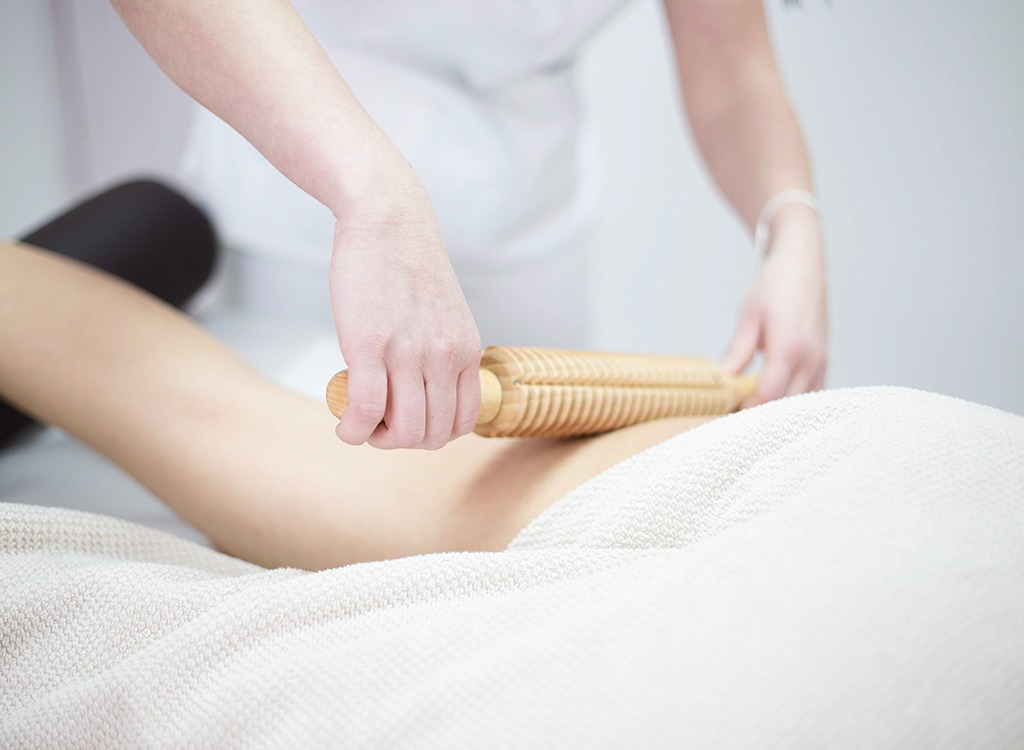
Just because it’s your day off from your workout doesn’t mean you can’t work to shed some of those lumps and bumps. Researchers at the Antoni De Gimbernat Foundation and the Instituto Medico Vilafortuny in Cambrils, Spain have found that a combination of infrared light, radio frequency, and massage can significantly improve the appearance of cellulite.
Cellulite Often Worsens With Age

While you might care about the appearance of your cellulite less as you get older, wiser, or some combination of the two, that doesn’t mean you’ll have less of it to deal with. According to research published in Menopause Reviews, cellulite increases in women after menopause, thanks to hormonal changes, reduced collagen production, and the increase in subcutaneous fat that often accompanies middle age.
Cosmetic Tricks Can Help

If you’re eager to reduce the appearance of cellulite, building muscle can make a big difference, but for those short on time, there’s a simpler solution: the trusty spray tan. Spray tans can make your skin tone look more even and reduce the appearance of cellulite-related dimpling.
Topical Treatments Actually Work
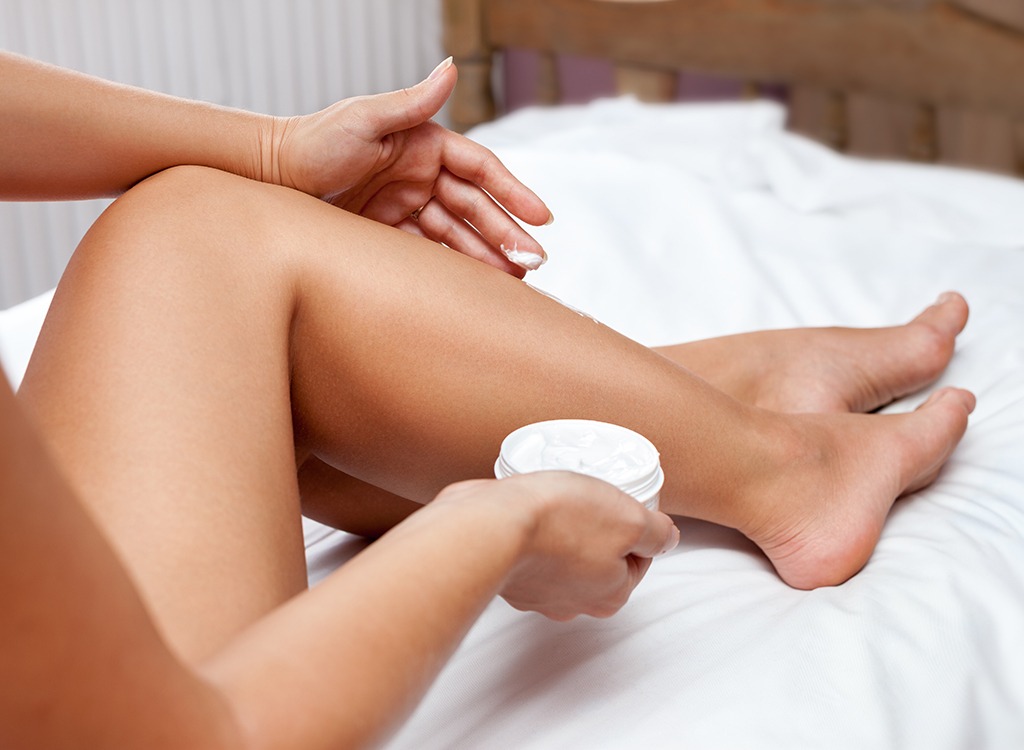
Although plenty of cosmetics companies are selling little more than snake oil to those eager to rid themselves of cellulite, there may be a topical solution that can improve the appearance of cellulite. The results of a double-blind study published in the Journal of Cosmetic Science reveals that a combination of caffeine and retinol can diminish dimpling due to cellulite and banish the dreaded “orange peel” look of cellulite-prone skin.








